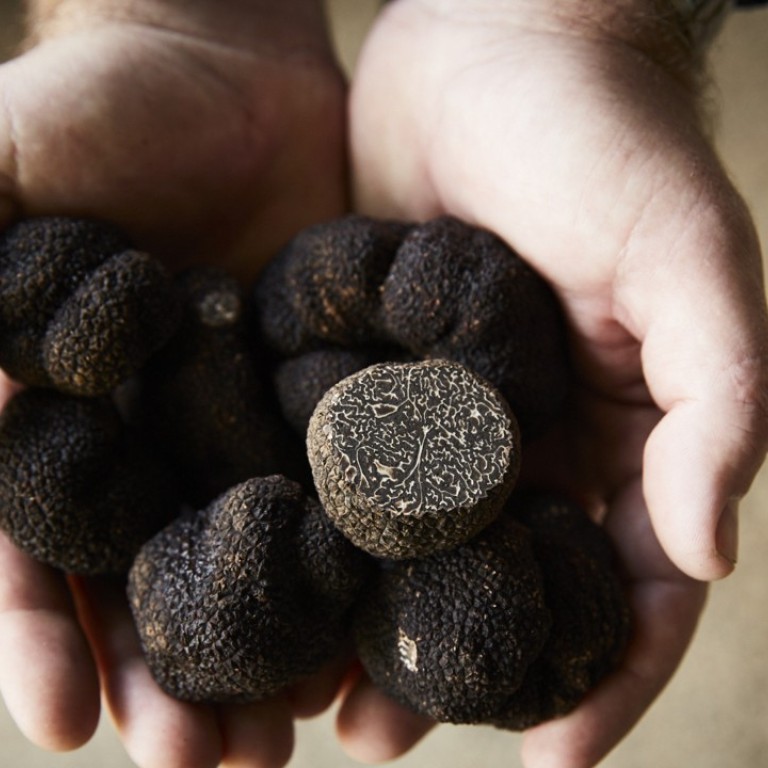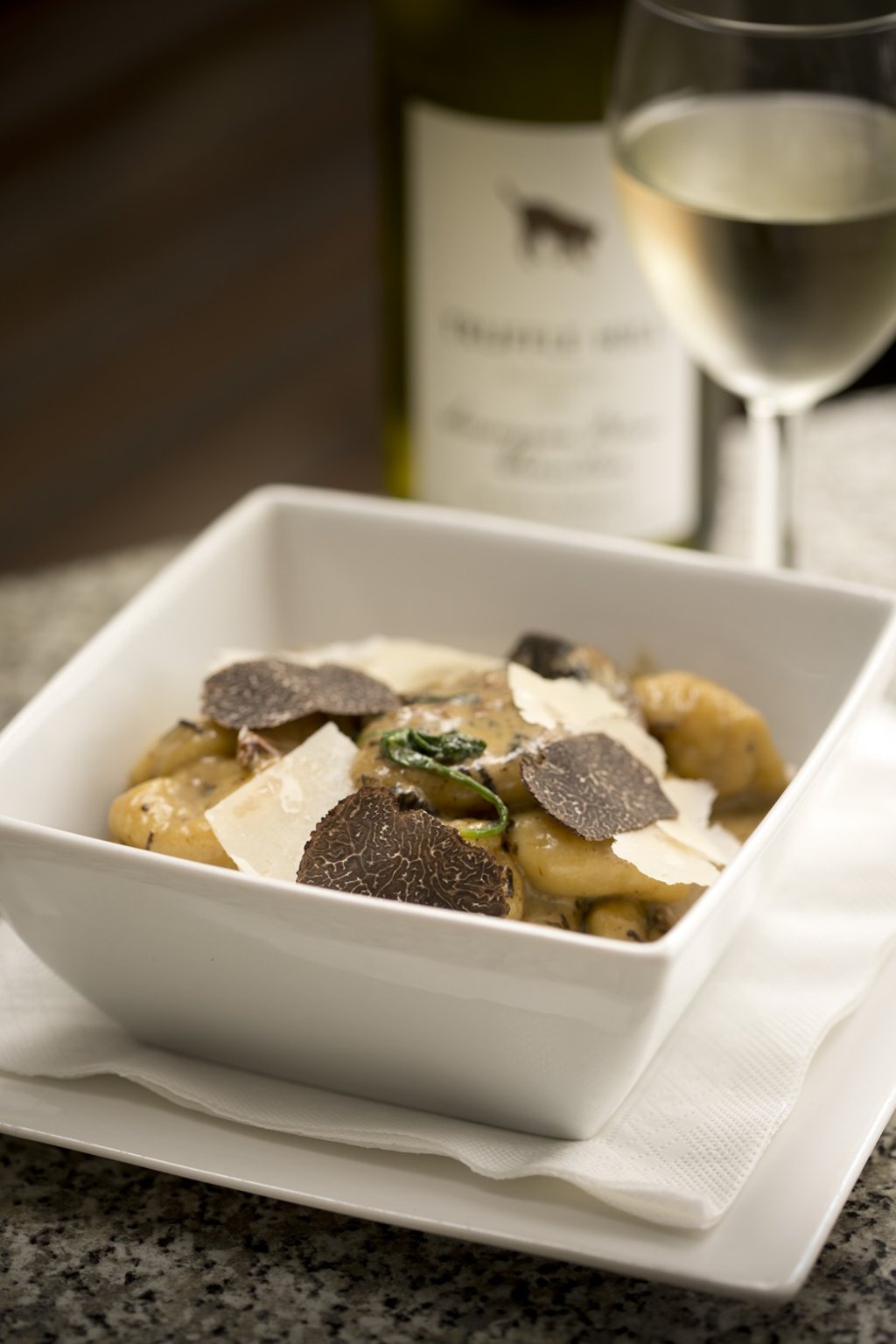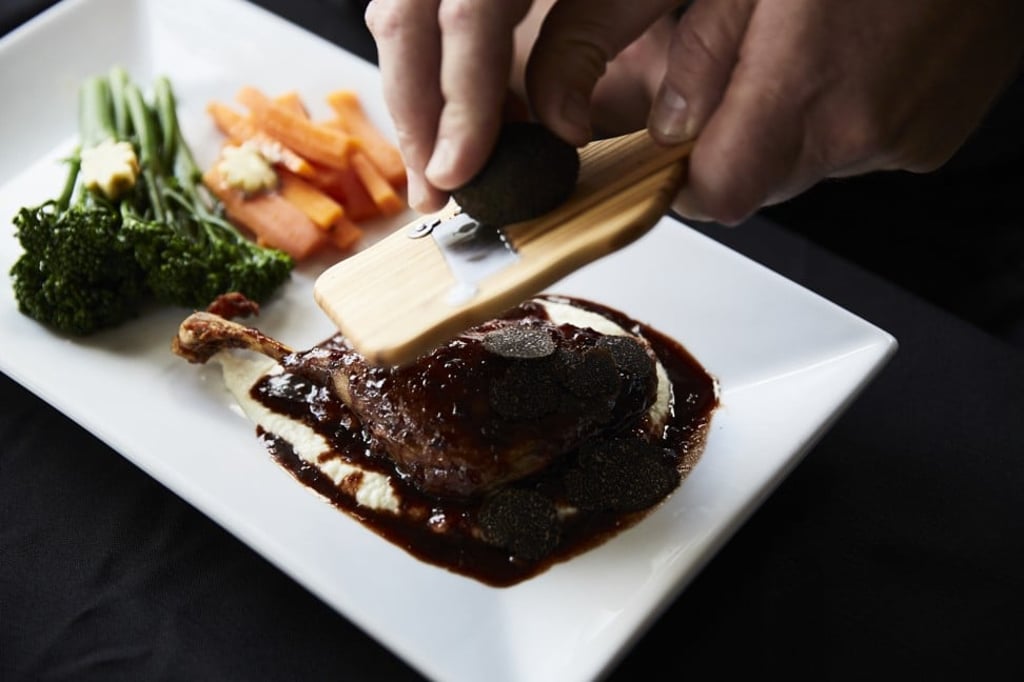Truffle tussle: how Australia is taking on France's prized delicacy

Think your Michelin-starred chef is only using truffles from France? Think again
The French black truffle is something of an anomaly. Also commonly known as the Perigord truffle or Tuber melanosporum, the world’s most valued black truffle is not always produced in France.
Although France has traditionally been known as the main source of black winter truffles, the “black gold” is also produced in Spain, Italy and, increasingly, Australia.
Alex Wilson, head of sales of The Truffle & Wine Co., the single largest producer of Tuber melanosporum in the southern hemisphere, says Australia is expected to produce 15 tonnes this year. Most of this comes from the Southern Forests region of Manjimup/Pemberton, Northcliffe and Walpole in Western Australia.
“France produced just under 15 tonnes during the 2017 to 2018 season, Italy produced 30 tonnes, and Spain came in at about 60 tonnes,” Wilson says. Many truffles from Spain end up in France and become“French” so realistic figures are difficult to gauge, Wilson adds.
The Australian 2018 winter truffle season runs from the end of May to the end of August. This year will be the first time that production in Australia is expected to outstrip France. That is because in Australia, black winter truffles are carefully cultivated by using cutting-edge technology, Wilson says. Trees are planted methodically and inoculated to become high-yielding truffières.
“We use cutting-edge technology in Australia, and we are constantly evolving our farm management to increase yields,” says Wilson, whose company has more than 23 years of black truffle farming experience.
“We have trialled hundreds of different variables. We have examined irrigation, pruning, chemical use, and fertiliser use, as well as soil-loosening machinery. In Manjimup/Pemberton, we achieve high-yield per tree rates because of the tree inoculation methodology,” says Wilson, adding that they also have nurseries that specialise in truffle-inoculated trees.

